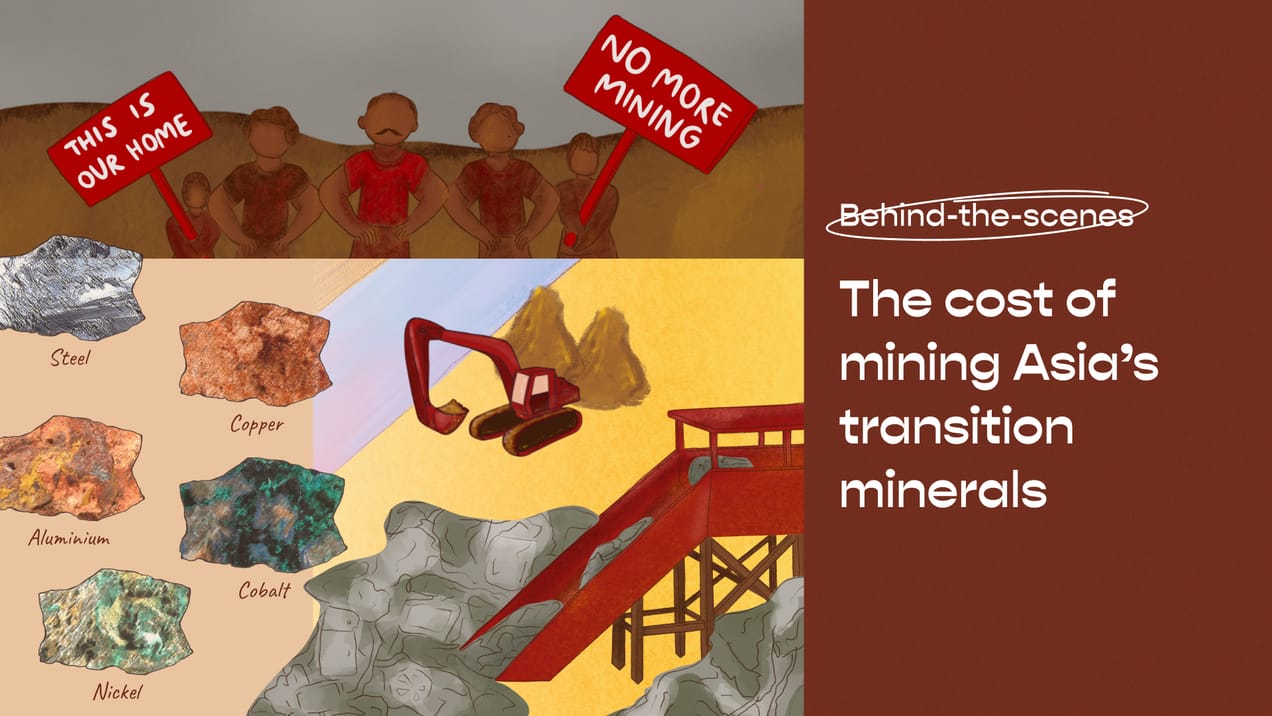
Unearthing the age-old wisdom of Asia’s traditional architecture
Our latest piece on traditional architecture in Asia highlights the local knowledge and vernacular methods that once shaped how people built their homes. In their process of telling this story, our writer Zafirah Zein and designer Munirah Mansoor uncover a wealth of forgotten wisdom and contemporary research on building sustainably and holistically, but how did they put it all together?
Visualising buildings in tune with their environment
Asia’s traditional architecture is a topic I’ve been meaning to explore for a while. Coming from Singapore, where most Malay kampung houses were cleared to make way for high-rise flats and other modern infrastructure, I was curious about how my ancestors lived not too long ago.
I also felt that the loss of culture and our relationship with nature embodied in traditional houses had a lasting impact on the cityscape, and by effect, the psyche and well-being of its inhabitants. My time living in Dubai, where steel skyscrapers heat up an already-scorching desert city, triggered similar feelings of disconnection. Each time I navigated through these cities, I could not help but think that the urban environment seemed ill-suited to the natural environment.
But this was not always the case. It was common in the past to find buildings that were attuned to the local climate and the culture of the place.


